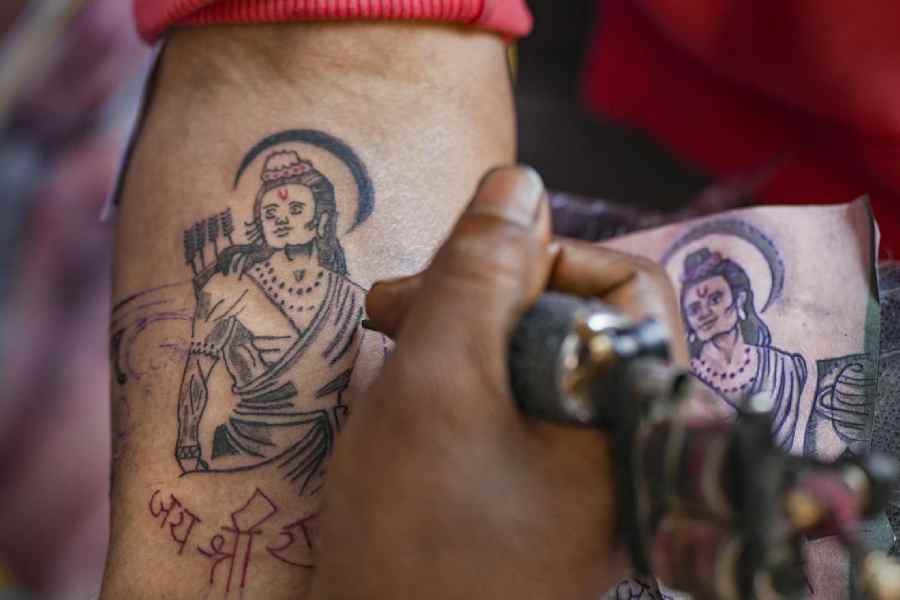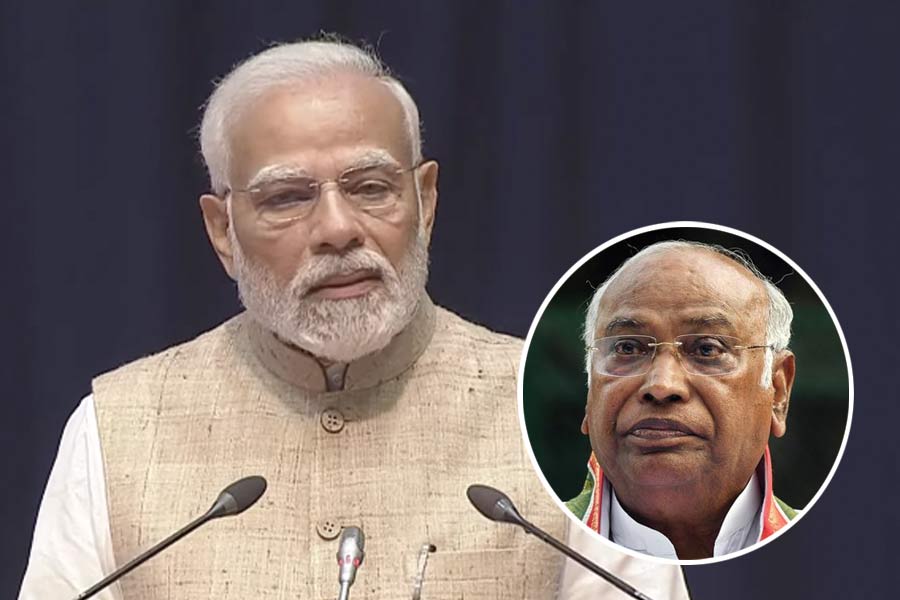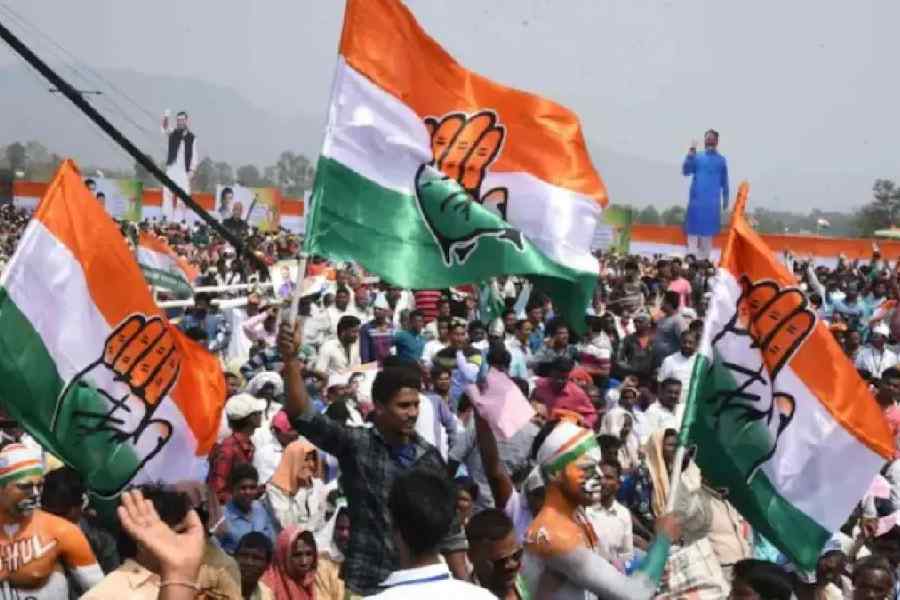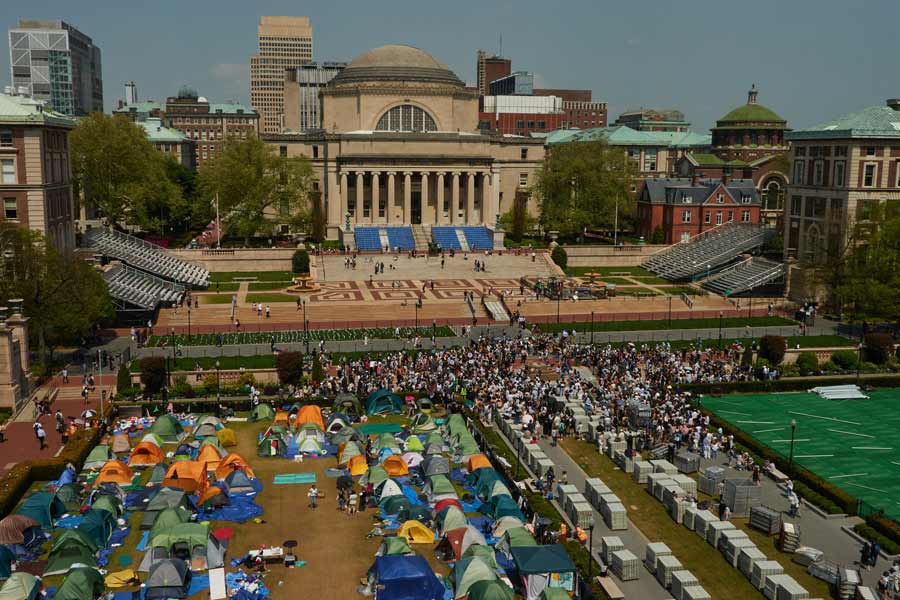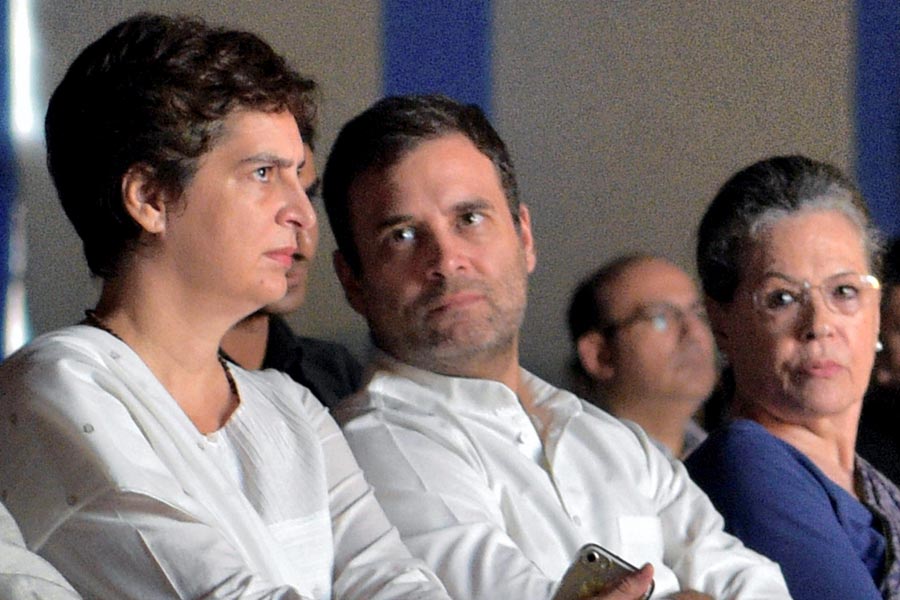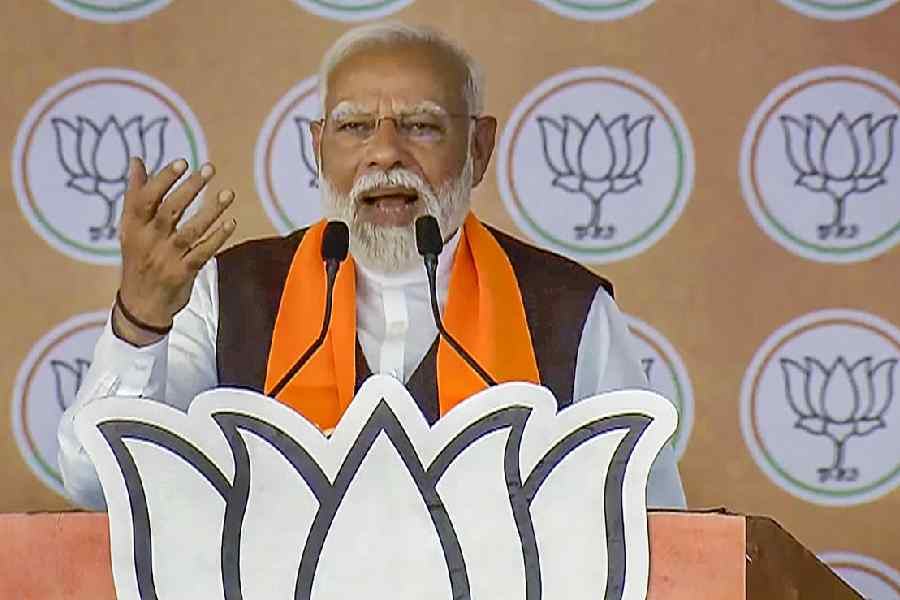The scheduled pran pratishtha — loosely translated as consecration — of the deity of Lord Rama in the new temple in Ayodhya on January 22 has, quite predictably, triggered a wave of interest in the movement that facilitated the construction of the bhavya mandir. No doubt there exists a reasonable body of literature in the English language on the subject, but these works tend to have been mainly written by scholars and journalists intent on demonstrating that the Ram temple movement and the associated Hindutva sentiment posed a grave danger to the democratic soul of India. In the aftermath of the demolition of the Babri structure on December 6, 1992, countless seminars and meetings were hosted globally — large numbers of them bankrolled by the then Government of India — to dissect the descent into barbarism and evolve strategies to defeat the threat. Additionally, little or no space was given to those who had alternative perspectives of the churning that began in India from the mid-1980s and persists to this day.
Those trying to recreate the history of the period that the celebrated lawyer, Nani Palkhivala, once described as the “Ayodhya years” will naturally find the published material woefully one-sided. The electronic media was then in its infancy and mainly government-controlled. True, there were two or three video magazines run by established media houses, but even those were inclined to mirror the proclivities of the English-speaking intelligentsia. An easily accessible example of the mood among the horrified members of the ancien régime in the week after the demolition of the Babri structure is an uploaded copy of the Eyewitness video magazine, now available on YouTube.
Members of a younger generation, familiar with today’s adulatory media coverage of the run-up to the grand ceremony next Monday, will be struck by the censorious tone of the commentaries on the demolition of the disputed structure over three decades ago. They will find it difficult to reconcile the dignified traditionalism and the hi-tech environment of today’s Ayodhya with the images of frenzied kar sevaks assaulting a medieval structure with small knives, shovels and, often, with their bare hands.
Their consternation would be justified. For a very long time, the dominant media narrative in India sought to paint the Ram Janmabhoomi movement as antediluvian and unworthy of a modern civilisation. The stereotype of frenzied ‘natives’ in their dhotis, led by itinerant godmen with dreadlocks and flowing saffron robes that used to petrify the ruling elite in the cantonments and Civil Lines after the 1857 mutiny, made a comeback, first during the Ram shilan pujas in 1988-89, then, during L.K. Advani’s rath yatra and the bloody kar seva of 1990 and, finally, during the demolition on December 6, 1992.
Those with long memories may recall the hysteria that was sought to be whipped up by the then ruling elite when the Bharatiya Janata Party announced a rally at New Delhi’s Boat Club lawns in February 1993. The rally was, predictably, forbidden and the Boat Club lawns covered with concertina wires on the grounds that the protestors would demolish all Muslim places of worship along the way. When small groups of BJP workers and leaders tried to march symbolically to the sealed venue around India Gate, they were greeted with water cannons. What was further interesting was that the police action on the leaders was cheered by members of the ‘secular’ press corps. Some of these indignant notables boasted that they had helped the Arjun Singh-run ministry of human resources development compile a ‘blacklist’ of journalists sympathetic to the BJP. There was an atmosphere of ‘secular’ McCarthyism that added to the political polarisation of the day.
From all accounts, the consecration ceremony in Ayodhya is likely to witness an explosion of Hindutva across India and among Hindu communities overseas. A small number of the fortunate will be present inside the temple complex. However, televised versions of the proceedings, not to mention pujas in local temples, will define a special day that will conclude with all Ram bhakts lighting diyas in their homes to mark the symbolic homecoming of Lord Rama. According to one narrative, the Ayodhya temple will mark the symbolic liberation of India from a thousand years of servitude under foreign rule.
The consecration of the Ram temple is being posited as an occasion whose significance goes well beyond the BJP securing a majority in the general election scheduled for April-May 2024. It is being suggested that the Ayodhya temple will also symbolise the beginnings of a new, modern India that will blend its cultural Hindu underpinnings with the passage to modernity and global leadership. In effect, India’s Hindu community will see a shift from what is called Dhimmitude and reclaim its status as a proud civilisation.
The extent to which the Ram temple in Ayodhya in which large numbers of Hindus invested a great deal of emotion and political capital lives up to its potential will be closely monitored in the coming decades. The question, however, arises, as to why this Hindu consensus was slow in manifesting itself.
If the Congress, despite opting out of the January 22 ceremony, still feels the need to genuflect at the Hanuman Garhi in Ayodhya and make temple visits an integral part of Rahul Gandhi’s resumed yatra, why did it not gauge the overriding importance of Hindutva in the years it was in power? It is undeniable that the projection of Hindu nationalism as something primitive, primordial, anti-modern and opposed to the ethos of the national movement was not a knee-jerk response of the Congress. It is a position that had been carefully thought through and endorsed by generations of the intellectual class that had propped successive regimes from 1947 to 2014.
The belief that Hindus must necessarily understate their faith and their civilisation wasn’t created by the post-Independence Congress. But it was made into a State ideology by Jawaharlal Nehru to the point that even the National Democratic Alliance government of 1998-2004 in which the BJP was the senior partner felt obliged to seriously downplay its Hindu credentials. This is why the consolidation of the Narendra Modi regime after 2014 has been a moment of self-realisation for Hindus.
December 6, 1992, marked a decisive rupture with the past; January 22, 2024, could signal the beginning of an entirely new chapter.

